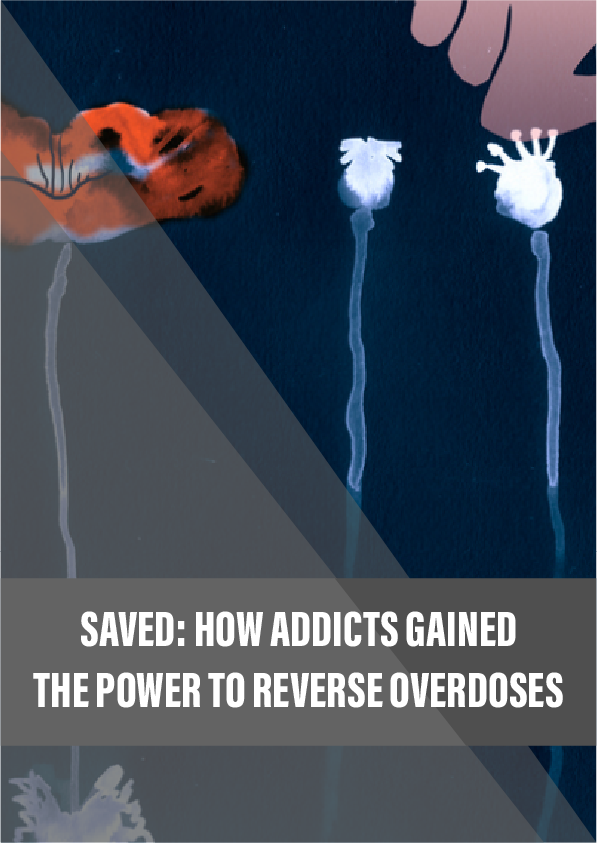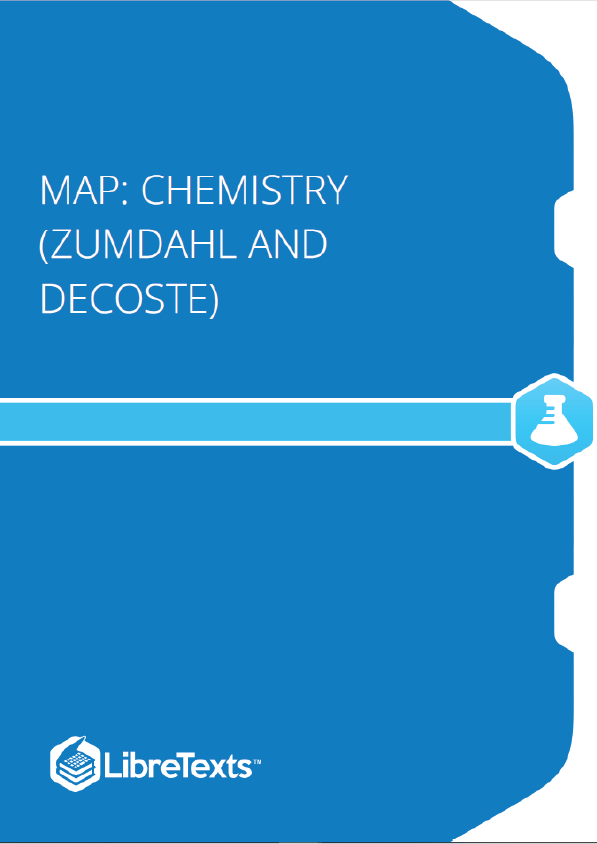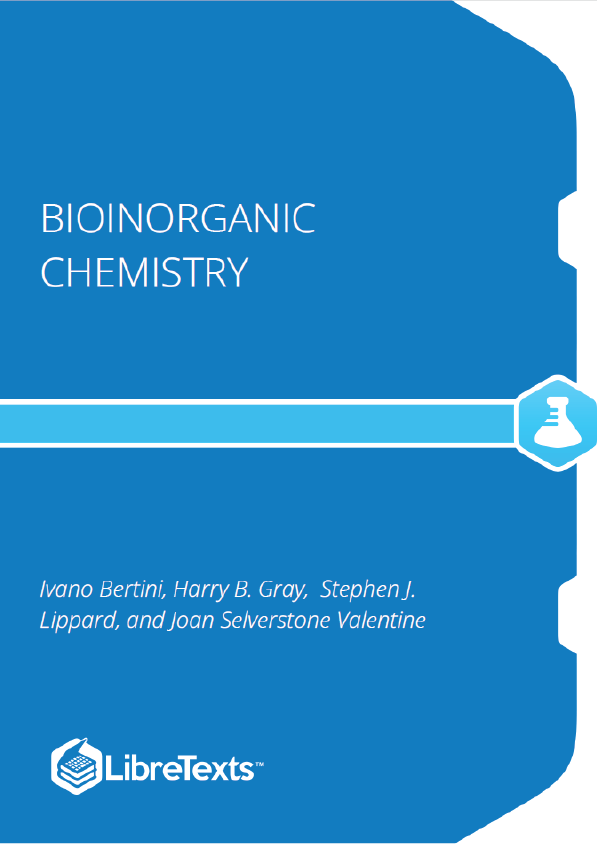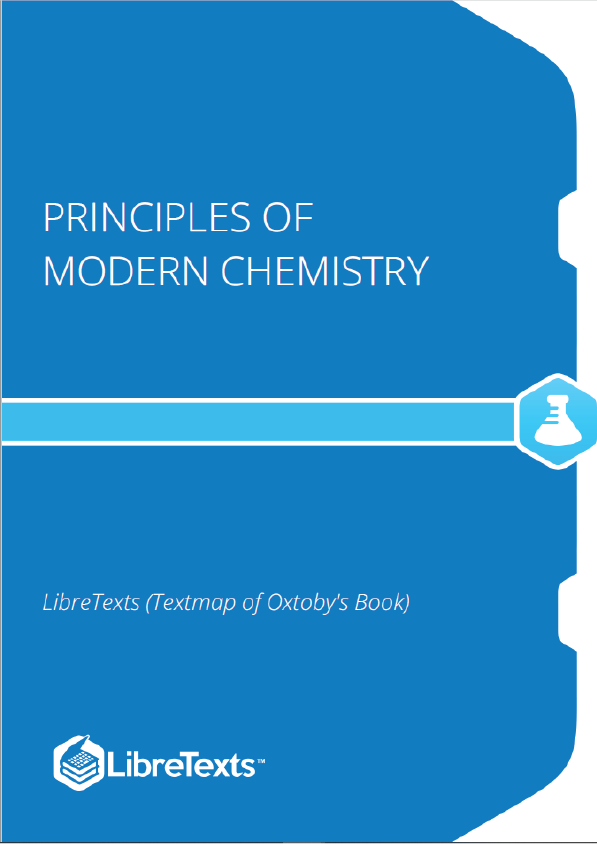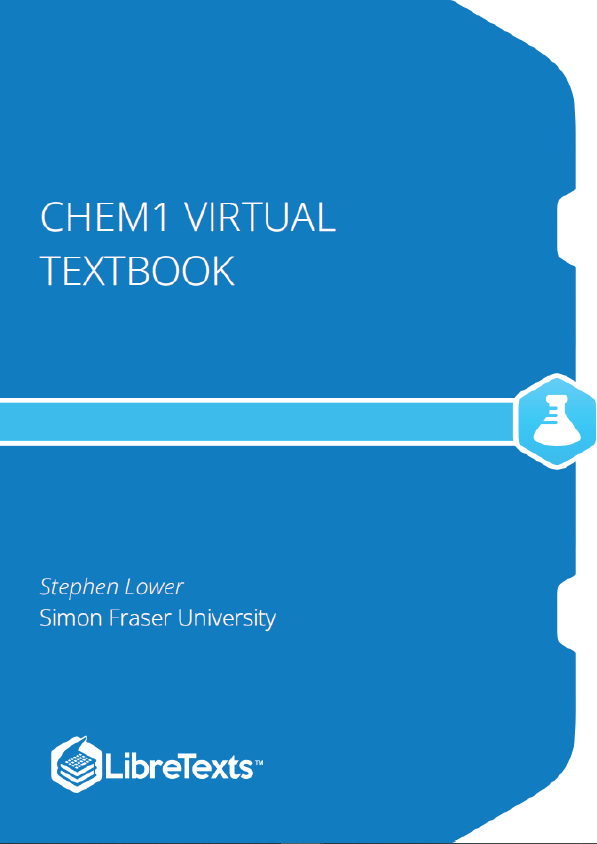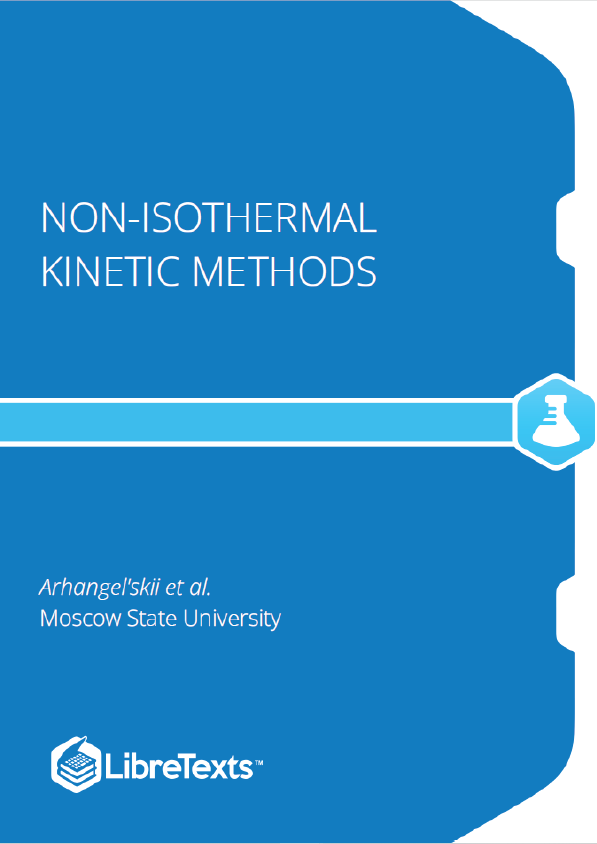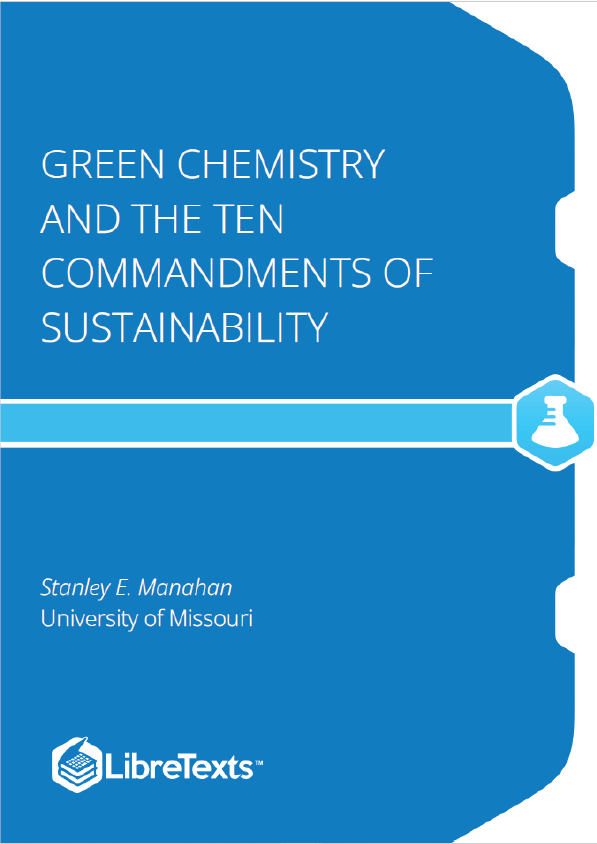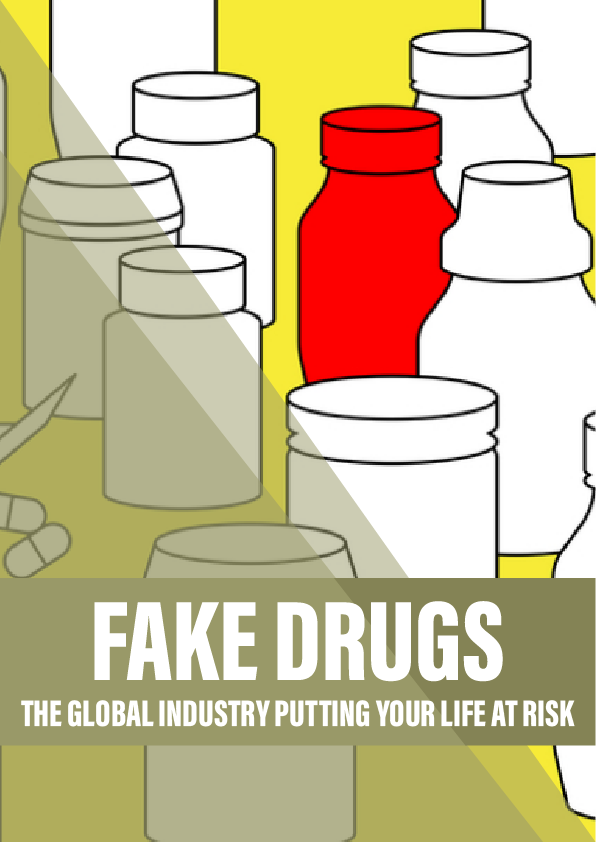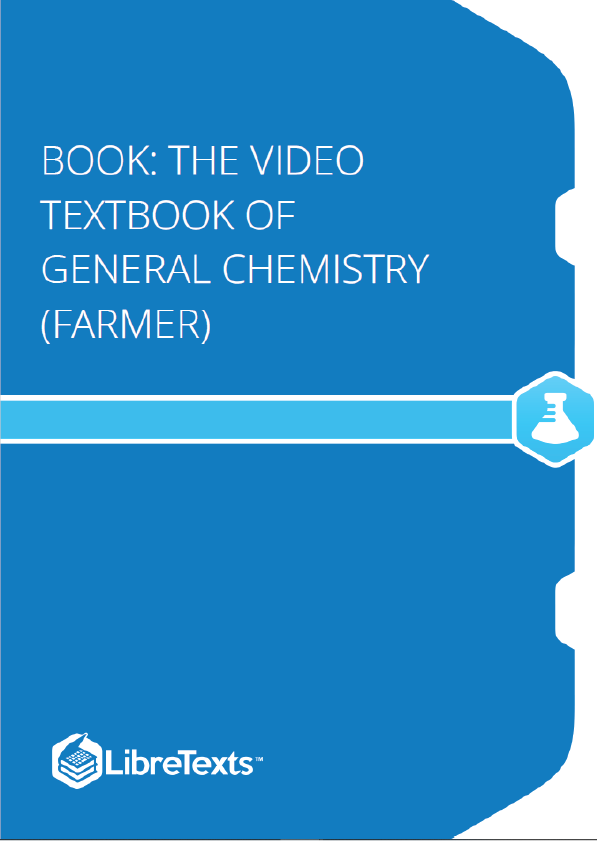Naloxone can reverse an otherwise fatal heroin overdose within minutes. Carrie Arnold meets the doctors who put this remarkable drug in the hands of the police, families and addicts—and saved thousands of lives.
Alexander Walley was a twentysomething medical student when he witnessed the power of naloxone. It was the midnight shift at the Emergency Department at Johns Hopkins Hospital in Baltimore, Maryland. The call wasn’t unusual: a middle-aged man had been found unconscious after overdosing on heroin. Walley accompanied a pair of paramedics to an ambulance, and they headed out into the cool moonlit night. After five blocks or so they arrived at one of the city’s housing projects and threaded their way across crumbling sidewalks to a shabby apartment in a dimly lit building. Inside, Walley found the man slumped against a wall, blue-skinned and not breathing. “He looked dead,” Walley says, recalling the incident 15 years later.
With the calm, sure movements of someone who has had lots of practice, one of the paramedics pulled a syringe from his bag and injected the man in the arm. Walley waited, unsure of what was supposed to happen. He thought he saw the man’s hand twitch. Then the blue began to drain from the man’s face, and his chest started to rise and fall regularly.
“What did you give him?” Walley asked.
“Naloxone,” came the reply.
Walley had heard of the drug, of course. He knew it as one of the few defences against the epidemic of overdoses that was killing people across America. Cheap and relatively pure heroin had recently become easier to obtain, but that wasn’t the only cause. A few years earlier, physicians had begun to change the way they prescribed opioid painkillers. These drugs can be highly addictive; one physician I talked to called them “heroin in pill form”. Yet between 1991 and 2013, prescriptions for opioid painkillers jumped from 76 million to 207 million per year, partly because physicians became more willing to prescribe the drugs to patients with chronic pain. Some of these patients found themselves hooked. And then, instead of sticking with these relatively expensive prescription narcotics, some began injecting heroin, for the better high and lower cost. America’s prescription opioid and heroin epidemics were merging into a single monster, one with tentacles that seemed to be everywhere, slowly strangling young and old.
